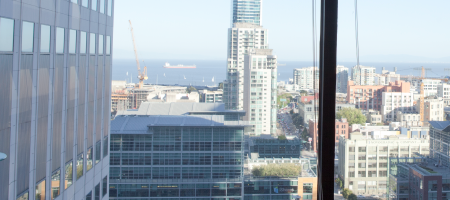On August 12, 2022, OWE’s Linda Joy Kattwinkel, along with James Silverburg of the Intellectual Property Group LLC, submitted an amici curiae brief to the U.S. Supreme Court on behalf of the Graphic Artists Guild, Inc. and the American Society for Collective Rights Licensing, Inc. in The Andy Warhol Foundation for the Visual Arts, Inc. v. Goldsmith, et. al. (Case #21-879). A copy of the brief is available here.
Supporting the position of respondents in the case against The Andy Warhol Foundation, the brief concludes as follows:
“It is not the purpose of the Copyright Act to shield from infringement liability all works that have achieved acclaim in the art world. See, e.g. William F. Patry, PATRY ON COPYRIGHT, § 10:35.20 (“finding that one work of art infringes another does not make the infringing work not art; it merely makes it infringing art.”) Copyright law exists primarily to protect and foster the creation of original works. Fair use should always be considered a limited exception to the statutory right of originating artists to control and benefit economically from the creation of derivative works. Petitioner’s expansive view of transformativeness would disincentivize the creation of original works by eviscerating the potential derivatives market, in direct contradiction to Constitutional and statutory mandates.
The choice presented by this case is not between protecting the First Amendment “free expression” of appropriation artists or dangerously chilling the creation of new works in this genre. Upholding the Second Circuit’s decision will not mean that appropriation artists cannot make their works, or that downstream users cannot show them. It simply means that appropriation artists should expect to obtain permission, and pay for the privilege of incorporating another artist’s copyrighted expression into their follow-on artwork. Follow-on artists should be excused from respecting the derivative rights of originating artists only if their follow-on works are so fundamentally or highly transformative that their potential impact on the original artist’s equally valuable expression and livelihood is correspondingly minimal.
The Second Circuit’s judgment should be upheld.”
